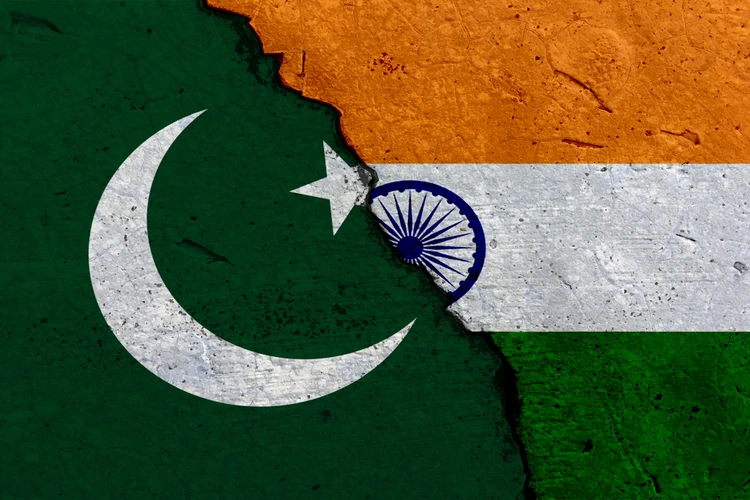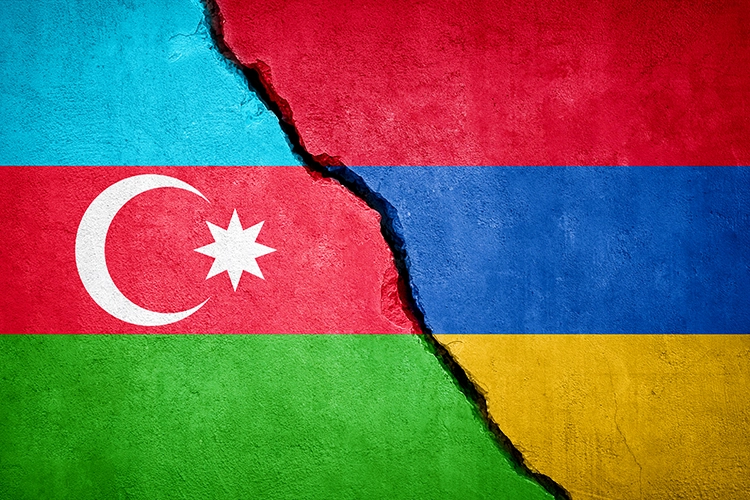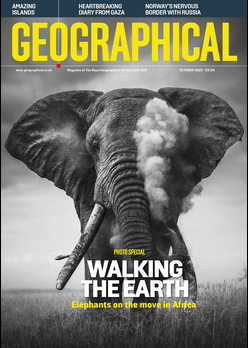
According to Trump, seven wars have ended under his presidency – from tensions in Cambodia to Egypt. But is this entirely true?
By
Earlier this week, President Trump made headlines after claiming to have ended six wars seven he entered the White House back in January. According to experts, these claims are ’embellished’ and, in some cases, contradicted by the continuation of violence in nations such as the DRC.
Here we cycle through each of the seven disputes or wars Trump has claimed to end, highlighting the role the US has played in these conflicts and whether they have truly ceased.
Cambodia and Thailand

Beginning in July of this year, Cambodia and Thailand were embroiled in a conflict – the origins of which stretch back more than a century – over the borders between both countries. Tens of thousands of people have been displaced, and at least 33 people have been killed.
Following pressure from Trump – who threatened not to make a trade deal with both nations unless fighting had ceased – both countries ended up agreeing to an unconditional ceasefire.
However, even with a ceasefire taking place, fighting will be difficult to stop without a complete and verified withdrawal of troops from both sides.
India and Pakistan

This is not the first time Trump has claimed his role in ending India’s conflict with Pakistan. Back in July, the president said the ceasefire between the two countries was brokered by the US.
According to India’s defence ministry, Rajnath Singh, such claims are ‘completely incorrect and baseless.’ Instead, India halted its operations as political and military objectives had been ‘fully achieved’, rather than through pressure from the US.
Tensions flared between both countries in May, the worst military confrontation between the two nations in decades. Dozens of people were killed in the four-day fight, before Trump announced a ceasefire between them.
Iran and Israel

The Iran-Israel war began after the latter attacked nuclear and military sites in Iran, with Iran then retaliating by using aerial attacks on Israel. More than 220 people were killed in Israeli strikes, while Iranian attacks killed 24 people.
During the 12-day war in June, Trump bombed Iran before brokering a ceasefire between the two nations. Trump said it was a ‘great honour’ to destroy Iran’s nuclear facilities.
As such, his claim to have made peace is clearly contrary to the US’s actual involvement in the war. However, according to the White House, these strikes set back Iran’s nuclear program and reduced the risk of further conflict.
DRC and Rwanda

Back in June, Rwanda and the DRC signed a peace deal in Washington – mediated by the US – ending decades of conflict between the two neighbouring nations.
Conflict escalated this year following rebels seizing control of large parts of eastern DRC. Thousands of individuals were killed, while hundreds of thousands of civilians were forced to flee their homes during the war.
After losing territory, the DRC government turned to the US for help, allegedly offering access to critical minerals in exchange for security guarantees.
The peace agreement announcement appears against the backdrop that the US is considering investments in the mineral-rich DRC.
However, on 20 August, the peace deal broke down as M23 rebels walked away from peace talks with the DRC government.
Serbia and Kosovo

Back in September 2020, Kosovo and Serbia signed separate agreements at the White House, brokered by the Trump administration. The deal focused on ways to normalise the economies of both nations, such as infrastructure development and energy.
At the time, Trump touted the move as a ‘historic breakthrough’, despite the fact that agreements were light on political reconciliation and mostly in economic terms.
Despite this move, tensions still persist in Serbia and Kosovo. Several escalation incidents have occurred, such as an explosion back in November 2024. In particular, northern Kosovo continues to be a hotspot for tensions: clashes and institutional raids have taken over Serian state structures and administrative buildings.
Egypt and Ethiopia

The dispute between Egypt and Ethiopia began around a decade ago, after Egypt voiced concerns over a dam built in Ethiopia. For Egypt, the dam compromises the country’s access to water.
Earlier this year, Trump said that the dam – known as the Grand Ethiopian Renaissance Dam (GERD) – is a ‘big problem’ that the US is ‘working on resolving’. He proposed that the US could mediate to bring about a ‘just agreement’ on the matter.
However, as well as attempting to solve the conflict, Trump has also stirred up controversy in his previous presidency by publicly warning Egypt might blow up the dam if no resolution was reached. This was a statement strongly denounced by Addis Ababa – the capital of Ethiopia – as misguided.
Armenia and Azerbaijan

The conflict between Armenia and Azerbaijan centres on the long-disputed region of Nagorno-Karabakh, an enclave historically inhabited by ethnic Armenians but internationally recognized as part of Azerbaijan. The conflict led to two full-scale wars, the first in the 1990s and the second in 2020, with Azerbaijan ultimately regaining control over the territory in 2023.
The US has recently played a role in the peace process, culminating in a US-brokered joint declaration in August 2025 at the White House. The declaration, which was a commitment to sign a final peace treaty, included agreements on border demarcation and an infrastructure link, the ‘Trump Route for International Peace and Prosperity’ (TRIPP), to connect Azerbaijan to its Nakhchivan exclave through Armenia.
While the US involvement created significant diplomatic momentum and a framework for peace, the claim that the it ‘ended the war’ is an exaggeration. The agreement is a major step toward peace, but is not yet the signed, final treaty, and the core conflict has been driven by decades of territorial and ethnic tensions, with earlier large-scale hostilities largely halted by Russian-brokered ceasefires.




